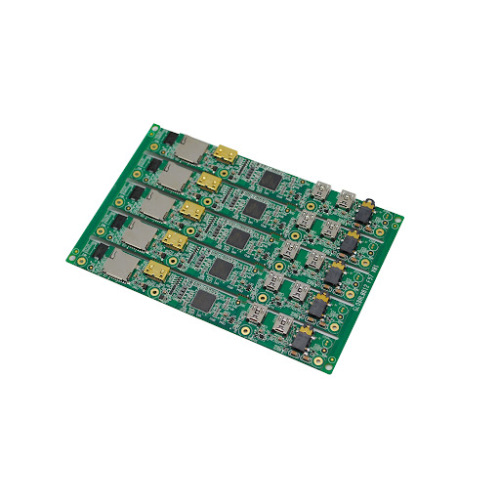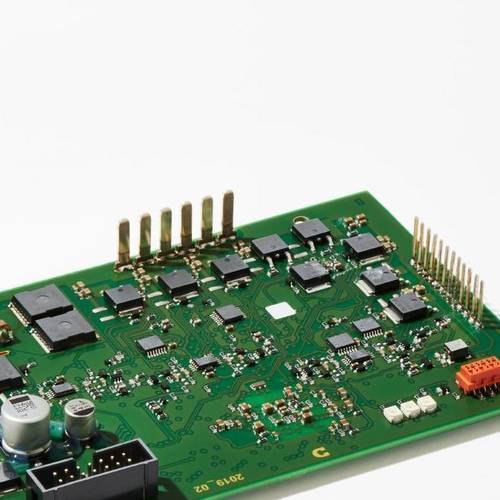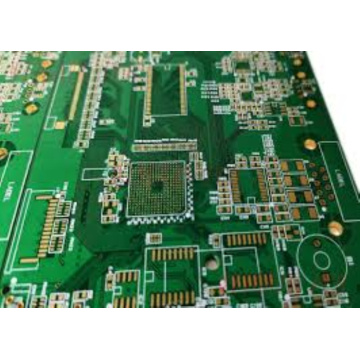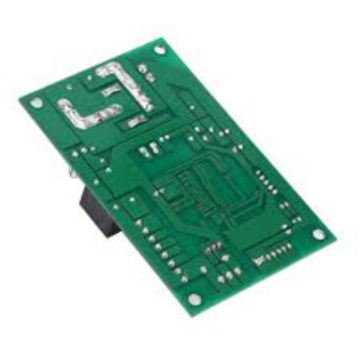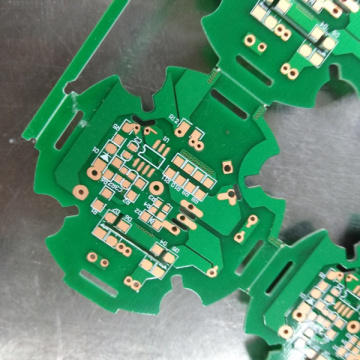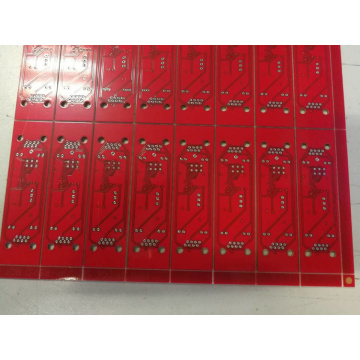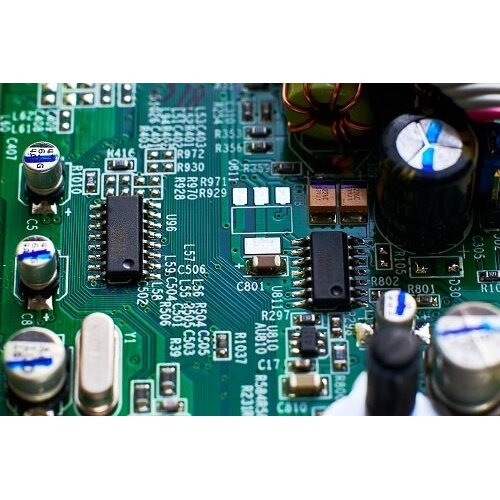
The temperature resistance of the PCB
-
$7.00≥2 Piece/Pieces
- Min. Order:
- 2 Piece/Pieces
- Min. Order:
- 2 Piece/Pieces
- Transportation:
- Ocean, Air, Express, Land
- Port:
- shenzhen
Your message must be between 20 to 2000 characters
Contact Now| Payment Type: | T/T,Paypal |
|---|---|
| Incoterm: | FOB,EXW |
| Transportation: | Ocean,Air,Express,Land |
| Port: | shenzhen |
What's the temperature resistance of the PCB?
In order to ensure the quality of PCB circuit boards, a temperature resistance test is required. The purpose is to prevent PCB circuit boards from exploding, blistering, delamination and other adverse reactions at excessively high temperatures, resulting in poor product quality or direct scrap. This is a need to pay attention The problem. So what is the temperature resistance of the PCB circuit board and how to do the heat resistance test?
What is the temperature resistance of the PCB circuit board
The temperature problem of the PCB circuit board is related to the temperature of the raw materials, solder paste, and surface parts. Generally, the PCB circuit board can withstand a temperature of up to 300 degrees for 5-10 seconds. It is 240 degrees.
PCB circuit board heat resistance test:
1. First, prepare PCB circuit board production board and tin furnace.
Sampling 10*10cm substrate (or laminated board, finished board) 5pcs (copper-containing substrate without blistering and delamination)
Substrate: 10cycle or more
Laminated board: LOWCTE15010cycle or more
HTg material: more than 10cycle
Normal material: above 5cycle
Finished board: LOWCTE1505cycle or more; HTg material or more 5cycle; Normal material or more 3cycle.
2. Set the tin furnace temperature to 288±5 degrees, and use contact temperature measurement to calibrate;
3. Dip the flux with a soft brush and apply it to the surface of the board, then use the crucible tongs to take the test board and immerse it in the tin furnace. After timing for 10 seconds, take it out and cool it to room temperature. Visually check if there is any bubbling and explosion of the board. This is 1 cycle. ;
4. If there is a problem of blistering and exploding board, immediately stop the immersion tin and analyze the initiation point f/m. If there is no problem, continue the cycle until the board explodes, with 20 times as the end point;
5. The blistering part needs to be sliced and analyzed, to understand the source of the detonation point, and to take pictures.
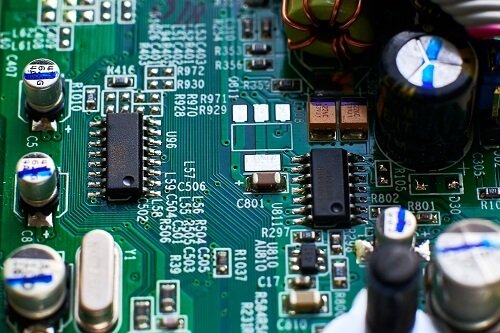

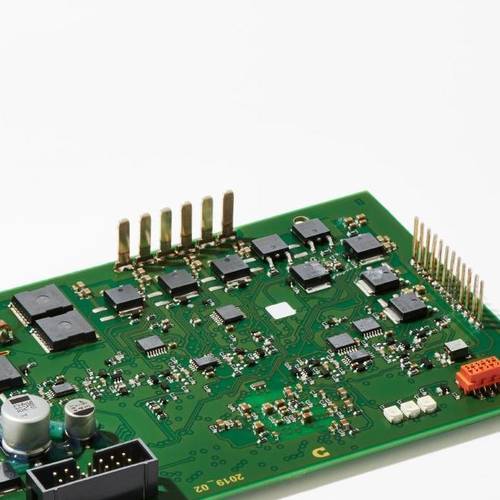
Related Keywords


